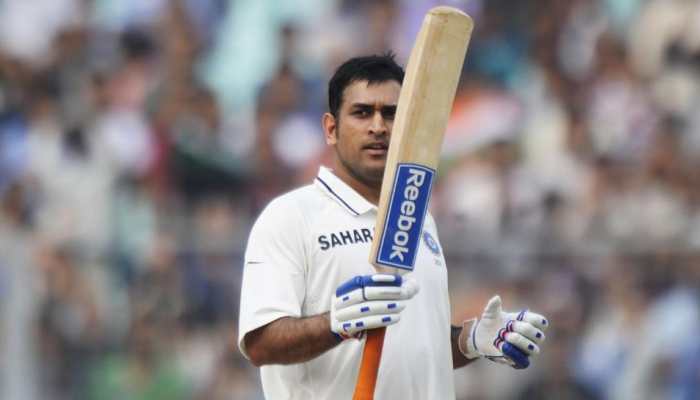In a first, astronomers discover orbiting supermassive black holes
Last year, an international team of researchers detected the existence of gravitational waves, confirming German physicist Albert Einstein's 100-year-old prediction and astonishing the scientific community.
Trending Photos
) Representational image
Representational image New Delhi: For the time, astronomers including one of Indian origin have discovered two supermassive black holes orbiting each other 750 million light years away from Earth.
Last year, an international team of researchers detected the existence of gravitational waves, confirming German physicist Albert Einstein's 100-year-old prediction and astonishing the scientific community.
These gravitational waves were the result two stellar mass black holes of about 30 solar masses colliding in space.
Scientists will now be able to start to understand what leads up to the merger of supermassive black holes that creates ripples in the fabric of space-time and begin to learn more about the evolution of galaxies and the role these black holes play in it.
"For a long time, we've been looking into space to try and find a pair of these supermassive black holes orbiting as a result of two galaxies merging," said Professor Greg Taylor from University of New Mexico in the US.
"Even though we've theorised that this should be happening, nobody had ever seen it until now," said Taylor.
Researchers have been studying the interaction between these black holes for 12 years.
"When Dr Taylor gave me this data I was at the very beginning of learning how to image and understand it," said Karishma Bansal, first-author of the study published in The Astrophysical Journal.
"As I learned there was data going back to 2003, we plotted it and determined they are orbiting one another. It's very exciting," said Bansal.
Using the Very Long Baseline Array (VLBA), a system made up of 10 radio telescopes across the US, researchers have been able to observe several frequencies of radio signals emitted by these supermassive black holes (SMBH).
Over time, astronomers have essentially been able to plot their trajectory and confirm that these black holes are in orbit with one another.
(With Agency inputs)
Stay informed on all the latest news, real-time breaking news updates, and follow all the important headlines in india news and world News on Zee News.
Live Tv







)
)
)
)
)
)
)
)
)
)
